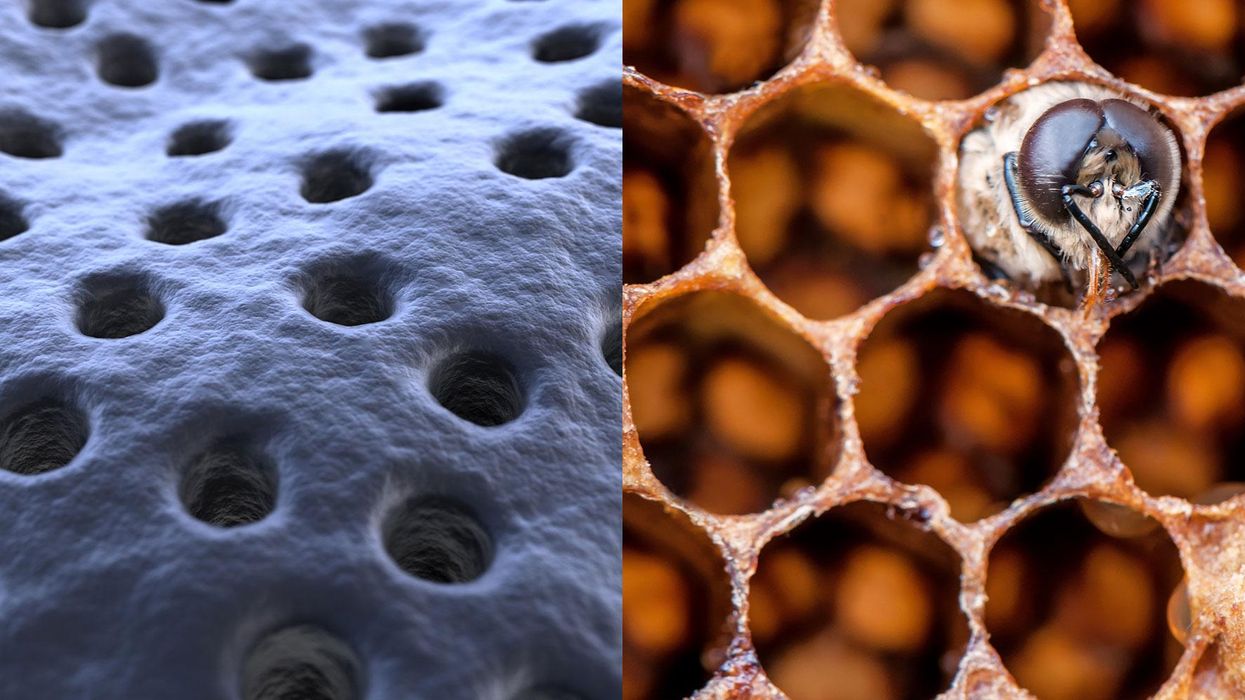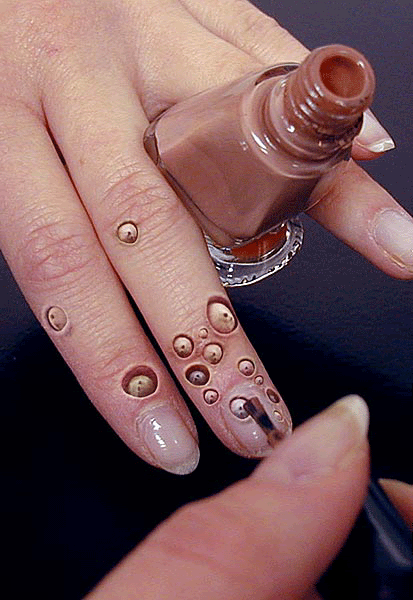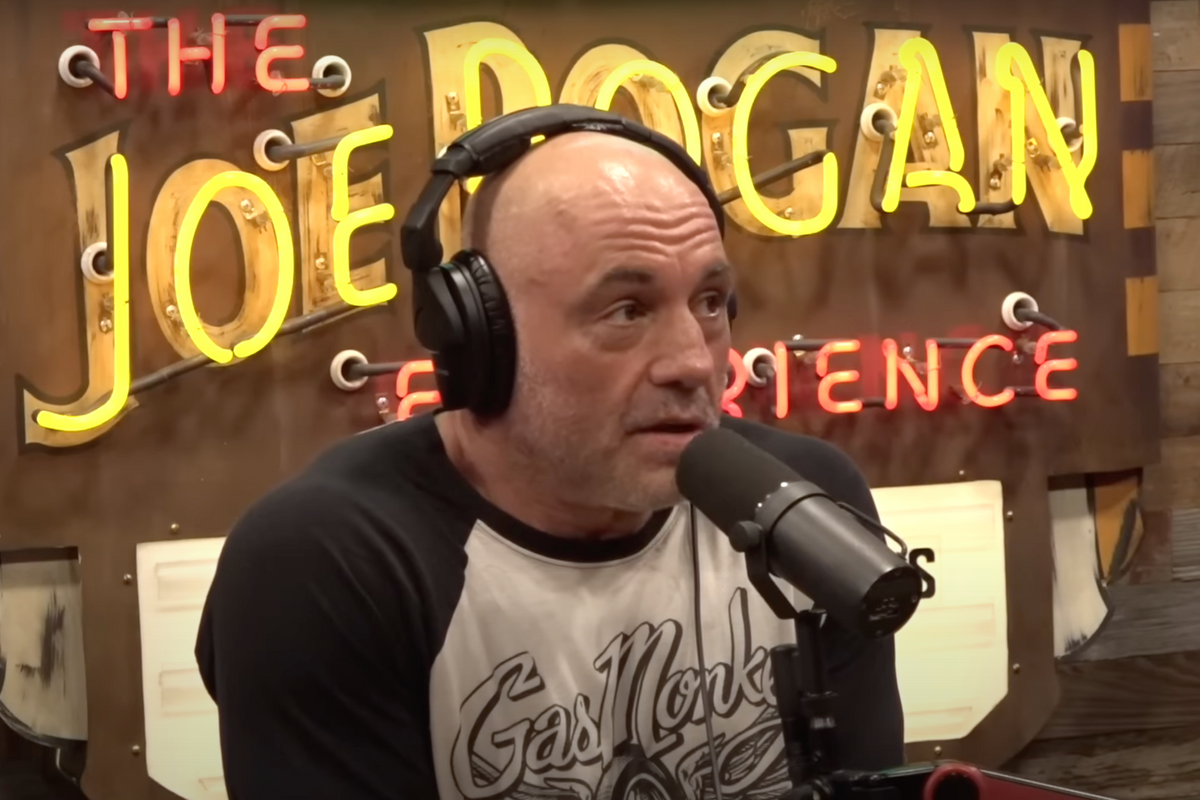Viral
Mimi Launder
Jan 07, 2018

Picture:
iStock / Andrey Prokhorov; iStock / vovashevchuk
It gets us many of us recoiling at just the thought, plaguing our nightmares and sending us cowering before our computer screens. Yup, it's the return of the tiny holes.
New research suggests that trypophobia is actually nothing to with fear.
A new study applied pupillometry - an eye-tracking technique - while participants looked at pictures of scary subjects such as snakes and spiders, as well as clusters of holes and neutral images.
They found that people's pupils constrict more when looking at the holes than when looking at dangerous animals, which suggests that tiny holes elicit a disgust response rather than fear.
Similarly, obsessive-compulsive disorder and fears of blood injections have been found to be associated with disgust.
In a statement, lead author Vladislav Ayzenberg explained:
On the surface, images of threatening animals and clusters of holes both elicit an aversive reaction.
Our findings, however, suggest that the physiological underpinnings for these reactions are different, even though the general aversion may be rooted in shared visual-spectral properties.
When you're scared, your heart and breathing rate goes up and your pupils dilate. In contrast, disgust slows down your heart rate and breathing and constricts your pupils.
Ayzenberg continued:
These visual cues signal the body to be cautious, while also closing off the body, as if to limit its exposure to something that could be harmful.
As study participants hadn't reported suffering from trypophobia, the researchers suggest that it is an evolutionary mechanism and pervasive throughout the population.
More: Artist creates terrifying illustrations of your biggest phobias
Top 100
The Conversation (0)
x














